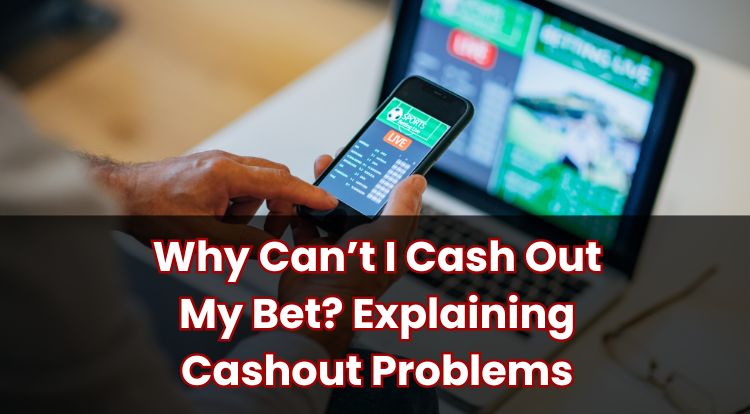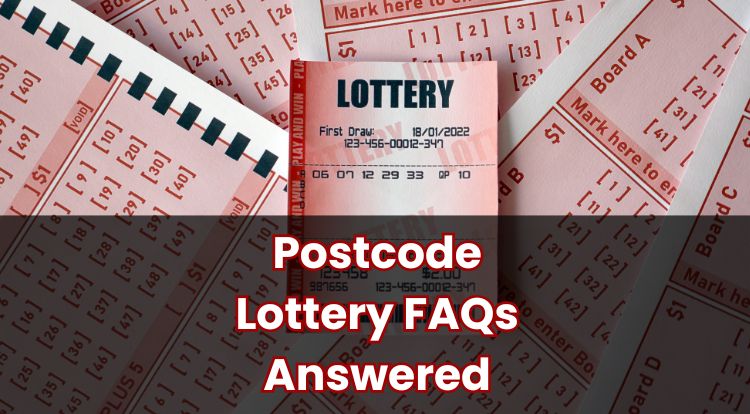Partial Cash Out Meaning: A Complete Guide for Bettors
Partial cash out is a popular feature on many betting sites that adds flexibility to how you manage your bets during an event. But what exactly does “partial cash out” mean, and what does it involve?
In this blog post, we’ll cover how partial cash out works, when it’s usually available, and which sports and markets support it. We’ll also look at how it compares to full cash out, its place in in-play betting, and whether it might fit with your betting style.
Read on to learn more.
What Does Partial Cash Out Mean in Sports Betting?
If you’ve placed a bet, partial cash out allows you to settle just part of your bet early, rather than closing the whole thing. You choose how much to take out and how much to leave running.
This may come in handy if a bet is going well but you don’t want to commit fully to either cashing out or letting it ride. The amount you’re offered will reflect what’s happening in the event and will often shift in real time.
For example, if you placed a £20 bet at odds of 5.0 with a possible £100 return, and the event is unfolding in your favour, the platform might offer a total cash out of £60. With partial cash out, you could take £30 now and let the remaining portion ride.
The full process depends on how the bookmaker calculates value and delivers that to the bet slip. We’ll look at that in more detail next.
How Does Partial Cash Out Work?
If partial cash out is available on your bet, it usually appears with an adjustable control, like a slider or input box, on your open bet screen.
Behind the scenes, the offer is calculated using current odds and the bookmaker’s live pricing model. This means the available amount may change rapidly, especially if something significant happens during the event.
There are typically two ways the feature is structured:
- Stake-based: You cash out a portion of your original stake, and the remaining stake stays on at the original odds.
- Return-based: You withdraw a fixed cash value, and your potential return is updated based on what remains.
Returning to the earlier example: if you choose to cash out £10 of your £20 stake, you might get £30 now and still have a £10 bet running at 5.0 odds. If your selection wins, that remaining half would settle for £50 more.
It’s also common for cash out offers to be paused briefly after major incidents.
When Can You Use a Partial Cash Out?
Partial cash out isn’t guaranteed for every bet, but you’ll often see it on the bet slip if the feature is enabled.
It’s typically available during live play, though some events allow it even before kick-off. Accumulators may also qualify, especially when a few legs have settled. However, the offer may disappear temporarily if the market becomes unstable—for example, after a goal or red card.
More obscure or low-liquidity events may not support the feature at all. Even when available, the operator can adjust or suspend the offer at their discretion.
Benefits of Using Partial Cash Out
If you choose to use partial cash out, one of its potential benefits is flexibility. It gives you a middle ground between letting your bet run completely and cashing out everything at once. This means you can secure some of your potential winnings early, while still keeping a part of your bet active.
This might be beneficial in situations where the momentum of a match might change late on, or when the final outcome feels uncertain. For example, if you’re backing an accumulator and several legs have already won, partial cash out lets you lock in some profit but still keep a stake on the remaining legs.
It’s worth bearing in mind, though, that cash out offers usually include the bookmaker’s margin. This means the amount offered may be a bit lower than the theoretical value of your bet. That doesn’t make partial cash out a bad option; it just means it’s best used thoughtfully.
Partial Cash Out vs Full Cash Out
If you’ve placed a bet, partial cash out lets you settle a portion of it while leaving the rest to continue. Full cash out, on the other hand, closes the entire bet immediately at the current offer.
Both options can be useful depending on what you want to achieve. Full cash out provides certainty by settling everything straight away, so you know exactly where you stand. Partial cash out allows you to take some winnings early while still keeping a stake in the outcome.
For example, imagine a tennis match where your player is ahead but seems to be struggling with an injury. Choosing full cash out would mean accepting the current offer and finishing your bet there. Opting for partial cash out would let you secure part of your potential return while still giving your bet a chance to pay off if your player recovers.
Neither approach is better or worse on its own—it really depends on the situation and how the market is moving, especially when betting live.
Can You Use Partial Cash Out on In-Play Bets?
Yes, and this is where it often feels most relevant. In-play betting is fast-moving, with prices shifting constantly as the match unfolds. If you’ve placed a bet, partial cash out allows you to react to those shifts without exiting the bet entirely.
However, it’s common to see the option temporarily suspended during key moments—goals, penalties, break points, or similar game-changing incidents. Once the market recalibrates, a new offer is usually shown.
Some platforms also set limits on the minimum or maximum amount you can partially cash out in-play, especially to avoid delays during high-traffic events.
Because of the pace involved, it’s often best to decide your plan in advance, whether you’re aiming to secure profit, cut losses, or stay the course.
Which Sports and Markets Offer Partial Cash Out?
Partial cash out is widely supported on mainstream sports, with football being the most common. You’ll often see it on markets like match result, total goals, both teams to score, and various in-play bets.
Tennis, cricket, rugby, horse racing, and basketball also tend to support it, though usually on headline markets. In horse racing, for example, the feature is more likely to be active on win or each-way bets at big meetings.
Some betting platforms enable it for handicaps, totals, or match winner markets in US sports, too, though that often depends on liquidity and timing.
More niche or customised markets, like player props or request-a-bets, are less likely to support partial cash out. Accumulators often do, but usually only after at least one leg has been settled.
Still, availability can vary even within the same event. The quickest way to check is to look for the live cash out icon on your open bet slip.
Is Partial Cash Out Worth It?
That really depends on what you’re hoping to achieve. If you’d like to secure some of your potential return before the event finishes, partial cash out gives you that option. On the other hand, if your aim is to maximise possible gains over time, you might prefer to let your bets play out fully without making any changes.
One way to decide is to take a moment and reflect on your reasons. For example:
- Has something happened that makes part of your bet feel less favourable now?
- If you cash out a portion, are you comfortable with the remaining stake?
- Are your choices driven by impulse, or are you sticking to a plan you set earlier?
- Does the cash out offer genuinely reflect what’s unfolding in the event?
Partial cash out isn’t a guaranteed win or a pitfall; it’s simply one option available to you. Like any option, it’s most effective when used thoughtfully, within your budget, and with a clear understanding of why you’re making the move.
**The information provided in this blog is intended for educational purposes and should not be construed as betting advice or a guarantee of success. Always gamble responsibly.




